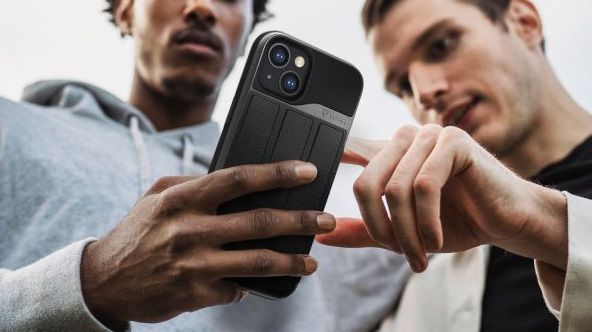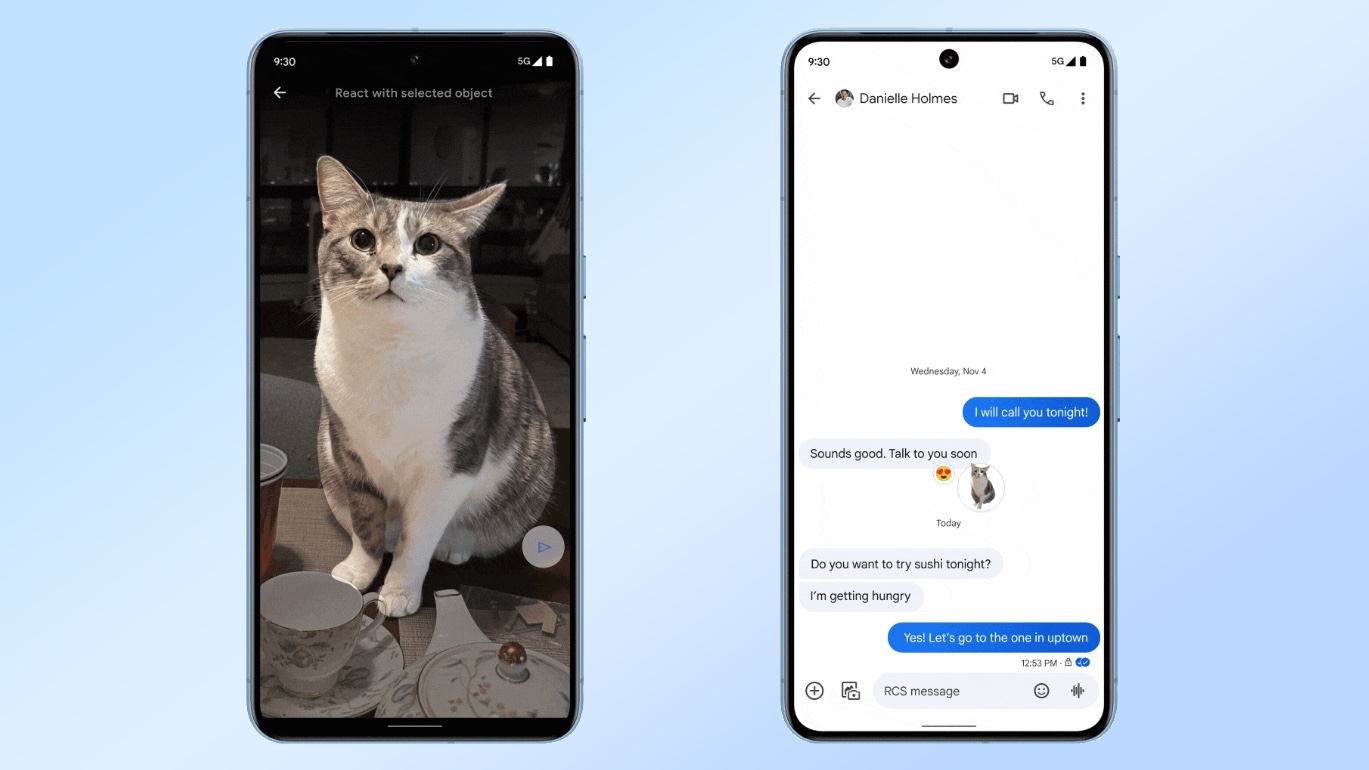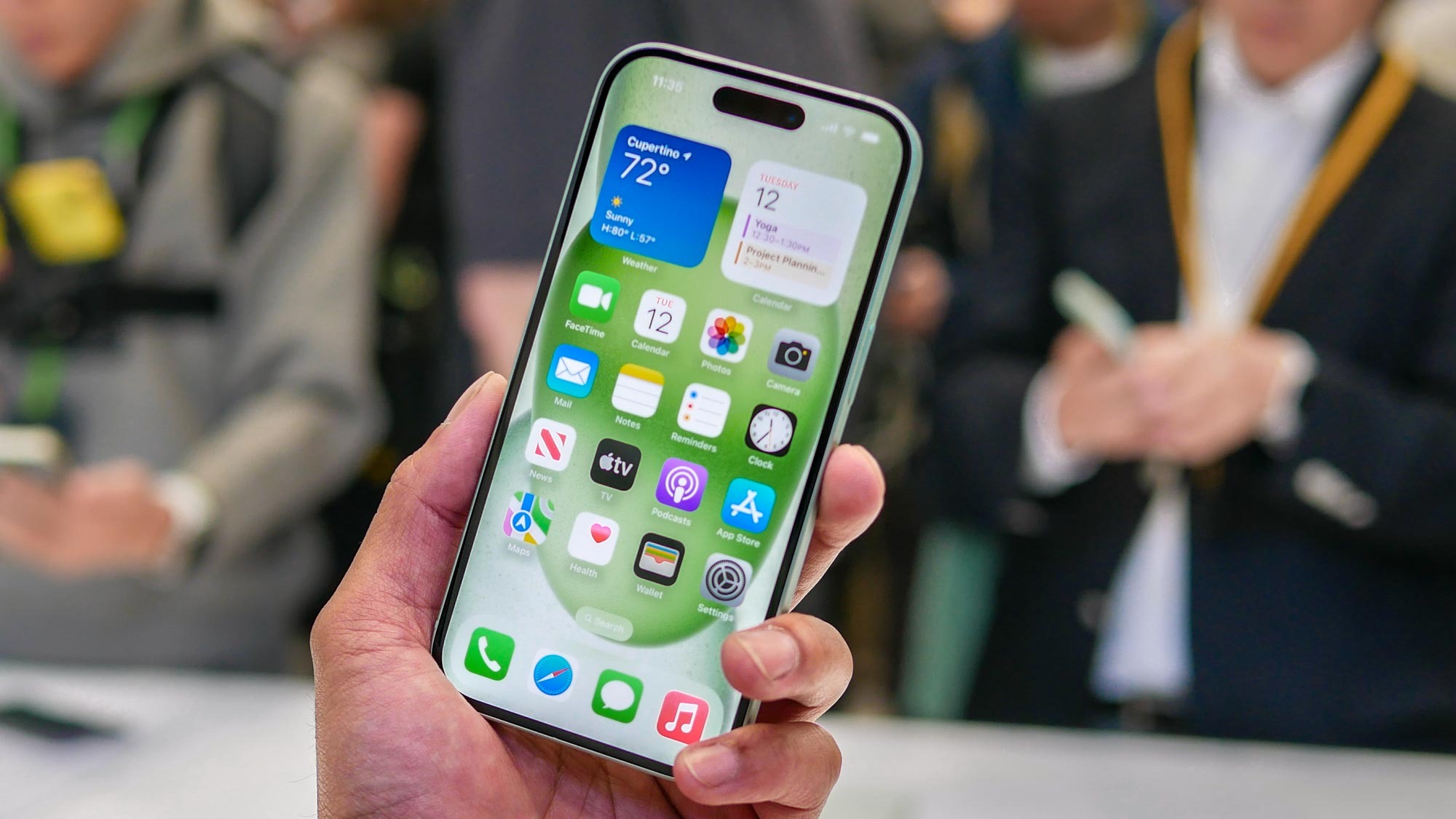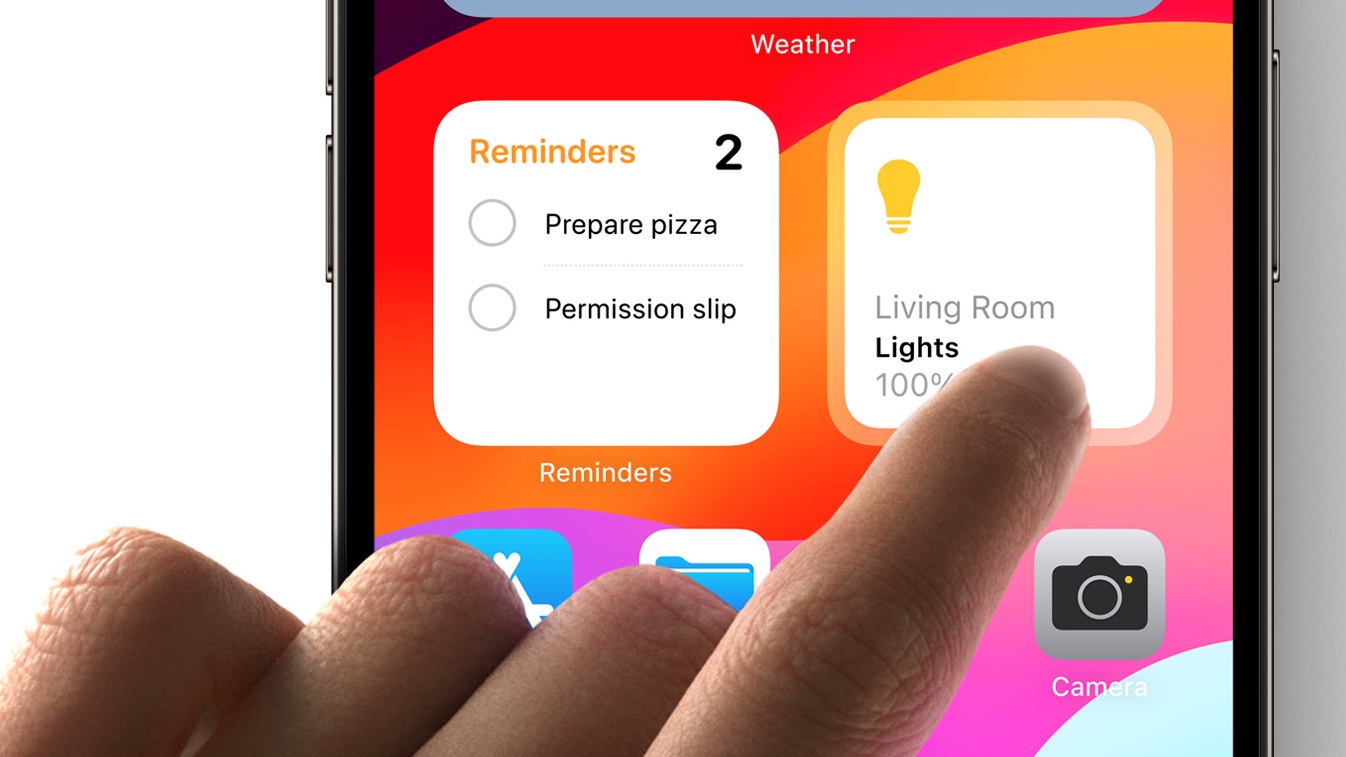3 ways AI could dramatically change smartphone accessibility
AI is the future of smartphones, and it can help everyone

AI has a complex reputation in the world at the moment. It's viewed as something to be feared, that it will steal all your data, or that it's nothing but a gimmick. Yet despite all that we often forget how helpful AI can be. This is especially the case for some of the most vulnerable people in our societies.
Recently, Google Messages and Android revealed several additions to their RCS service. These additions aimed to expand and improve AI and accessibility in their devices. But this is just one area where AI can lend a helping hand in smartphone usage.
1. AI can help people communicate

Apple recently announced an interesting new feature that could be huge for a lot of people. Personal Voice launched with iOS 17, and it allows users to create a synthesized voice based on their own. This could then be linked with another accessibility feature called Live Speech. This feature lets users type what they want to say and then have it be spoken aloud during in-person conversations, phone calls, and FaceTime video calls. This would let people respond to calls with a digital recreation of their voice.
Apple recently released a video that showed what the the system can do. The video, titled ‘The Lost Voice’ shows a young girl being told a story by her father. The father was played by Tristam Ingham, a physician and disability community leader, who wanted to show what the AI-driven system could do for him.
Communication is a big part of our lives, and losing it is a big fear for many. This kind of technology can allow people to still have their voice, and them feel as though they are talking for themselves, instead of being spoken for. While this tech is still in the early stages and has a long way to go, it is a great step for giving people their voices back.
2. AI can help people see more than they could before

Another thing that AI is in a great position to help with is how we view photographs. It wouldn't be a stretch to say photos are one of the main things we send over smartphones. I know that I receive a picture of my cats from my partner at least once a day. However, for many people, these photos can either be hard or completely impossible to see. This can be a major loss for people, but stronger AI may be one of the solutions.
One of the main accessibility features that can help with this is to have AI describe the picture — filling in the gaps of when people don't manually write image descriptions.
Sign up to get the BEST of Tom's Guide direct to your inbox.
Get instant access to breaking news, the hottest reviews, great deals and helpful tips.
Essentially, the phone can scan the image and relay its contents to the user. This simple addition helps to make life a little easier. It can be hard to communicate in a world where people are used to simply sending a photo of what they see, instead of describing it. Another useful feature is to have the AI change the color of the images to help color-blind people better see what they have been sent.
3. AI can make navigating phones easier

Smartphones have been designed to be as streamlined as possible. Everything is sewn together to allow users to get the most out of these devices with minimal effort. However, some will still find it difficult through no fault of their own. AI can help by tracking prior usage and deducing what a user wants.
For instance, improvements to assistants like Siri would be a great first step. Each improvement would allow it to respond faster, and learn what the users require. The more these improve, the easier and more accessible phones will be for people to use.
Another advantage would be improved predictive text that could make typing simpler and faster. This can be especially important for people with difficulties in dexterity. Or people with hand-eye coordination difficulties. These people can find the lack of feedback and the small surface areas of the phone screen an issue.
AI is still relatively new in the tech world and there’s plenty of room to grow. The avenues open to AI when assisting people with disabilities should not be ignored. At the end of the day, technology is there to make life better and there is no doubt that AI if done right, can be the key to this. I am excited to see what is in store for the future, I hope you are too.
More from Tom's Guide

Josh is a staff writer for Tom's Guide and is based in the UK. He has worked for several publications but now works primarily on mobile phones. Outside of phones, he has a passion for video games, novels, and Warhammer.
